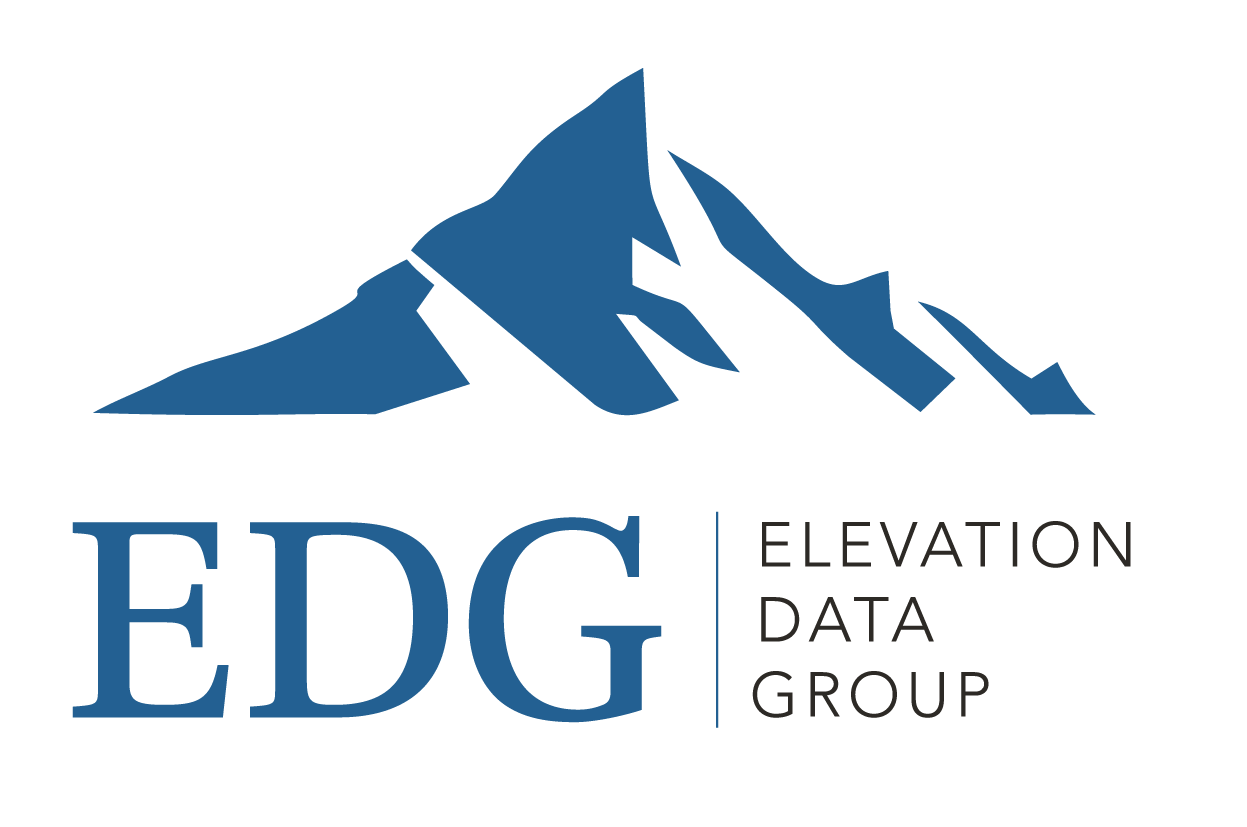The Evolution Of an Effective Salesforce: From the blood and sweat of an “Industry Guy”
Author: Michael D’Errico

I entered the dental industry in 1994. A week of product and industry training was deemed enough to give me knowledge to be dangerous. I was given a detail bag and a stack of green bars (paper print out of all my accounts in my territory) and was told to go out and “sell something every day”.
Armed with my archaic paper CRM system, I pounded the pavement attempting to sell my array of dental restorative and whitening products. As a direct manufacturer representative, I realized quickly that I was alone on the island of dental sales. I lined up against manufacturers and distributors, doing my best to detail every feature and benefit of my product offering. After about 3 months of this grind, I realized that this was not going to work. My strategy then shifted to needs analysis and territory management and utilizing my Thomas Brothers Map Book, I carved out a strategic approach to my territory, focusing on the needs of my clients based on the market they were in and their overall approach to their patient base and goals.
In addition to this, I was fortunate enough to work with a group of groundbreaking reps that are influential leaders in the industry today in their own right. We spent time honing our craft and finding best practices with the limited tools we had at our disposal. The secret to success in this world I found was to over-deliver on the service you provide and never over-promise. Simple rules that still apply and can grant success most of the time. I also found that setting up a partnership between inside and field-based salespeople can create a great two-pronged approach to the sales dynamic. Too many organizations look to keep this separate or even worse set up “adversarial” programs which drive a wedge between these two commonly focused sales groups.
The advantage of direct manufacturers vs. manufacturers that sell through distribution is obvious. They know exactly who their customers are and what they are buying. But more importantly, they have had an approach to data management (albeit rudimentary) from the beginning.
As I moved into the world of manufacturer sales through distribution, I realized quickly that this world was different. Selling through distributors that had great end user relationships was a great way to form partnerships to help achieve sales growth and launch new products into the marketplace. Hereto, I was also blessed with working with some of the best people in my career who would not only help shape me into the person I am today but allow me to grow and develop my skills along the way. Now it was not all sunshine and roses. There were many speed bumps and as most sales leaders, I have spent many nights Monday morning quarterbacking every approach. Again, looking to today, the talent that surrounded me and the people we hired have moved into influential positions around the industry and I am proud of each of them for their achievements.
But the problem that continually resonated with my team members was the incredible lack of data that we had access to and an incredible inability to do anything with the data we had. We were managing the business by rudimentary spreadsheets and canned reports that barely allowed our teams to have any insight. It would take 6 weeks to clean the data and distribute it to our sales teams (we’re talking 2001-2010 time frame here), and with a quarterly bonus program, there was little time to turn that aircraft carrier around once the data was available. We were then introduced to pivot tables, and although better, let’s admit, what sales leader in their right mind wants their most precious resource (sales reps and managers) spending time creating reports and doing analysis? The business is in the market and that is where they need to be.
Like I said, I worked with some visionary people with foresight enough to realize that solutions were needed. I was fortunate enough to be part of a global strategy team tasked with developing sales force strategies, including compensation design and implementation and reporting and employee development programs, many of which are still in place today and I utilize in my management consulting approach (albeit not verbatim). What I learned about data management was that the sales org needs to be at the forefront of partnership with report design. Giving a canned report that does not address the direct needs of sales and sales management will meet moderate utilization at best. This is where the sales ops team and IS teams need to be part of the strategic planning with sales leadership. In fact, front-line sales managers and key sales reps should have a seat at this table as well. The goal here is utilization. With that, we were able to launch into the world of business intelligence dashboards and saw exponential increase in opportunities and sales development.
CRM is a great tool. However, if you want to see exceptional achievement and give your teams the opportunity to truly compete, a business intelligence strategy is mandatory. Tableau and Power BI are great resources for this. But the value is in how the data is cleaned on the back end. This can be an expensive proposition to bring in head count to manage this, and face it, now that the great resignation is upon us, will this headcount even stay around long enough to implement it and manage it. There are companies that can help you on your path to this such as my company, Elevation Data Group, but this is not an infomercial. The cautionary tale from experience as a rep, front-line sales manager and sales executive is to not go half-way on this. As in most things in life, you only have one chance to make a first impression, so bring in the right people to lead these projects. The sales group is usually the most expensive resource a company has, and their existing customers are often the most important. Too many times I see companies cutting corners on their sales groups and getting frustrated with results. The same can be said about new customer acquisition strategies when product utilization is only 25% of the portfolio on current customers. I am not here to question your strategy, but we work with many companies now in the industry that have implemented some form of business intelligence and have seen great gains in the performance level of their people.
I have sat at the table many times and listened to everyone from CEO’s, CFO’s, Marketing and HR leaders, ask how do we compete with the big guys? The truth is, they have resources you will never have and spend $100s of thousands of dollars against headcount to manage their data. But there are resources out there to help you gain a competitive advantage, but you must talk to the right people. Employing your IT or finance team alone, probably won’t get you there, but working with companies that not only do this, but understand your business and industry as well will get you there at a fraction of that cost. Your teams will be more efficient, and your strategies will have a better chance of working. It’s a quick conversation and implementation can be done in weeks, not months or years. I am excited for the future. Watching small and midsize companies employ business intelligence strategies to compete and challenge like never before. The landscape is ever-changing. If you are still looking at your data, or worse not looking at it, like it is 2005 (or 1985) then maybe it is time to have that conversation.

